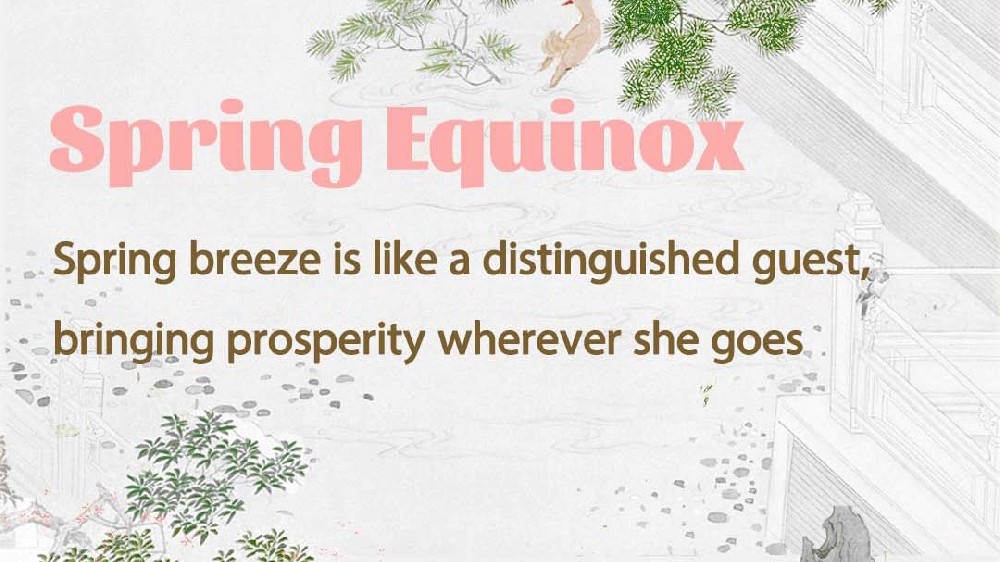
The Zhuang March 3rd Festival: Where Ancient Rituals Meet Modern Vibrancy
In the misty valleys of Guangxi, where limestone karsts pierce the sky, the Zhuang people gather for a spectacle that has endured for millennia: the March 3rd Festival (San Yue San,三月三). More than a cultural relic, this event—a kaleidoscope of song, dance, and ancestral reverence—bridges past and present, weaving together agrarian traditions, romantic rituals, and a quiet defiance of cultural erasure.

Roots in Ritual: The Soul of an Ancient Civilization
The origins of San Yue San trace back to China’s Shangsi Festival, a Zhou Dynasty ritual where nobles bathed in spring rivers to purify their souls. By the Tang Dynasty, the festival had morphed into a raucous celebration of fertility and romance, with aristocrats hosting qu shui liu shang—poetic banquets where wine cups floated downstream, their contents destined for the hands of chance acquaintances. But it was the Zhuang, a Tai-Kadai ethnic group in southern China, who transformed these rituals into something uniquely their own.
Historical texts like the Book of Songs and Tang Dynasty records hint at the Zhuang’s early integration of Shangsi customs. They retained the water rituals but infused them with agrarian symbolism. The wusha fan (five-colored glutinous rice), dyed with indigo leaves and saffron, emerged as a tribute to the earth, its vibrant hues mirroring the diversity of their rice paddies. Meanwhile, the singing duels (ge xiang) evolved from courtly poetry contests into raucous folk competitions, where young lovers traded verses across riverbanks, their words as potent as the sacred eggs exchanged in fertility rites.
A Tapestry of Symbolism: Love, Labor, and Legacy
At its core, San Yue San is a festival of duality. It is both a spiritual reckoning—offerings to ancestors and prayers for harvests—and a social revolution. In the village of Luoping, I witnessed this firsthand. Elderly women in indigo batik dresses prepared sacred glutinous rice cakes, their hands moving with the rhythm of ancestral memory. Nearby, teenagers strummed dizi flutes, their melodies echoing the Liu Sanjie ballads—a folk heroine who supposedly used her voice to defy oppressive landlords.
The silk ball toss (pao qiu) epitomizes this blend of tradition and desire. Young women craft intricate silk orbs, embedding them with symbolic threads: red for passion, gold for prosperity. When tossed, the ball becomes a game of chance and choice. “It’s not just about catching it,” explained Mai, a 22-year-old weaver. “It’s about letting someone see the colors of your heart.” This ritual, documented as early as the Song Dynasty, persists today, its simplicity masking profound social codes.
For decades, San Yue San teetered on oblivion. But in the 2010s, a quiet revival began. Guangxi’s government, keen to leverage cultural tourism, rebranded the festival as the Guangxi March 3rd Carnival. Folk songs were remixed with electronic beats; bronze drums—once war instruments—were now syncopated with hip-hop rhythms.
The 2023 Nanning International Folk Song Festival showcased this hybrid ethos. On a floating stage in the Pearl River, Zhuang singers in holographic headdresses performed Liu Sanjie epics alongside K-pop stars, their voices mingling under a canopy of drones that projected ancient bronze drum motifs into the night sky.
The festival’s international appeal lies in its universality. The Vietnamese dancers in áo dài mirrored Zhuang performers’ bamboo pole dances, their synchronized leaps a testament to shared Southeast Asian heritage. Meanwhile, Japanese tourists filmed silk ball tosses on Douyin (TikTok), their captions blending Mandarin and Japanese emojis.
This cross-pollination extends to gastronomy. The wu fan, once a ritual offering, now appears on menus at Michelin-starred restaurants in Paris, reimagined as a deconstructed dessert with lychee foam and edible flowers.
Yet tensions persist. The traditionalists lament the commercialization of rituals; younger Zhuang youth, fluent in Mandarin and TikTok trends, often view San Yue San as a kitschy curiosity.
The solution may lie in “cultural code-switching.” At the 2024 March 3rd Carnival, the AI-generated holograms of Liu Sanjie perform with a holographic Liu Huan(刘欢), a 1980s pop icon. The crowd—a mix of elderly villagers and Gen Z tourists—erupted in applause. Here, tradition wasn’t preserved; it was reborn.
The Zhuang March 3rd Festival is more than a cultural artifact. It is a manifesto of resilience—a testament to how marginalized communities navigate modernity without surrendering identity. As the world grows ever more homogenized, Guangxi’s hills remain a sanctuary where ancient chants meet algorithmic beats and where a single silk ball can carry the weight of history—and hope.
For travelers seeking authenticity, the advice is simple: Arrive hungry, stay curious, and let the wufan remind you that even in a fractured world, some traditions are too vibrant to fade.
